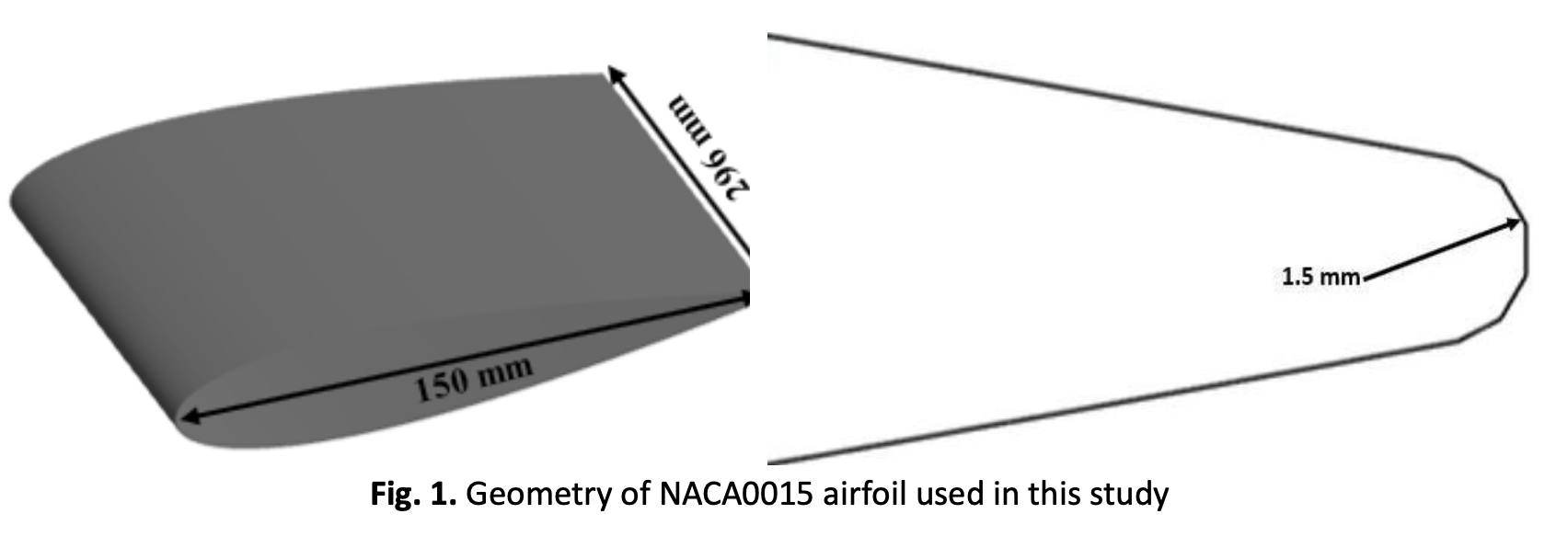Large Eddy Simulation of Low Reynolds Number Flow Around a NACA0015 Airfoil with Modified Trailing Edges
DOI:
https://doi.org/10.37934/aram.112.1.5779Keywords:
Large Eddy Simulation, NACA0015 Airfoil, Serration, Low-Reynolds NumberAbstract
The flow field of a low Reynolds number regime is three-dimensional and exceedingly complicated due to numerous forms of vortical phenomena, which has triggered the interest of many researchers. This study aims to investigate the influence of various trailing edge configurations on the aerodynamic characteristics and flow structure of airfoils. Specifically, five different configurations, namely baseline, serration, comb, and comb-serration are analyzed in detail. The study seeks to identify the configuration that provides optimal aerodynamic performance, which can then inform the design of more efficient airfoils for a range of applications, including unmanned aerial vehicle (UAV), wind energy, and automotive design. A Large-eddy simulation numerical model was developed to effectively evaluate unsteady pressure fluctuations and turbulence parameters at the source. The pressure coefficient and skin friction coefficient figures reveal that modifications result in an early negative pressure zone and uneven flow along the airfoil surfaces. This study presents numerical findings on the NACA0015 airfoil at a zero angle of attack. The pressure coefficient distribution along the airfoil surface exhibits a symmetrical pattern, with the highest pressure observed at the leading edge due to flow deceleration. Analysis of the skin friction coefficient confirms the absence of separation zones on the airfoil surface, except for the tip of the trailing edge. The velocity profile demonstrates a consistent and smooth flow, indicating stable and symmetrical conditions across the airfoil. Moreover, the velocity profiles of the baseline airfoil at zero angle of attack do not indicate any signs of flow separation. Notably, the serrated, combed and comb-serrated trailing edge configurations each yield distinctive effects on fluid flow. The serrated trailing edge promotes increased fluid velocity and pressure drop, while the combed configuration induces separation at the root. Meanwhile, the comb-serrated design sustains a continuous fluid flow over the airfoil surface. Overall, these results contribute to a comprehensive understanding of the aerodynamic behavior and flow characteristics influenced by various trailing edge configurations.
Downloads


























